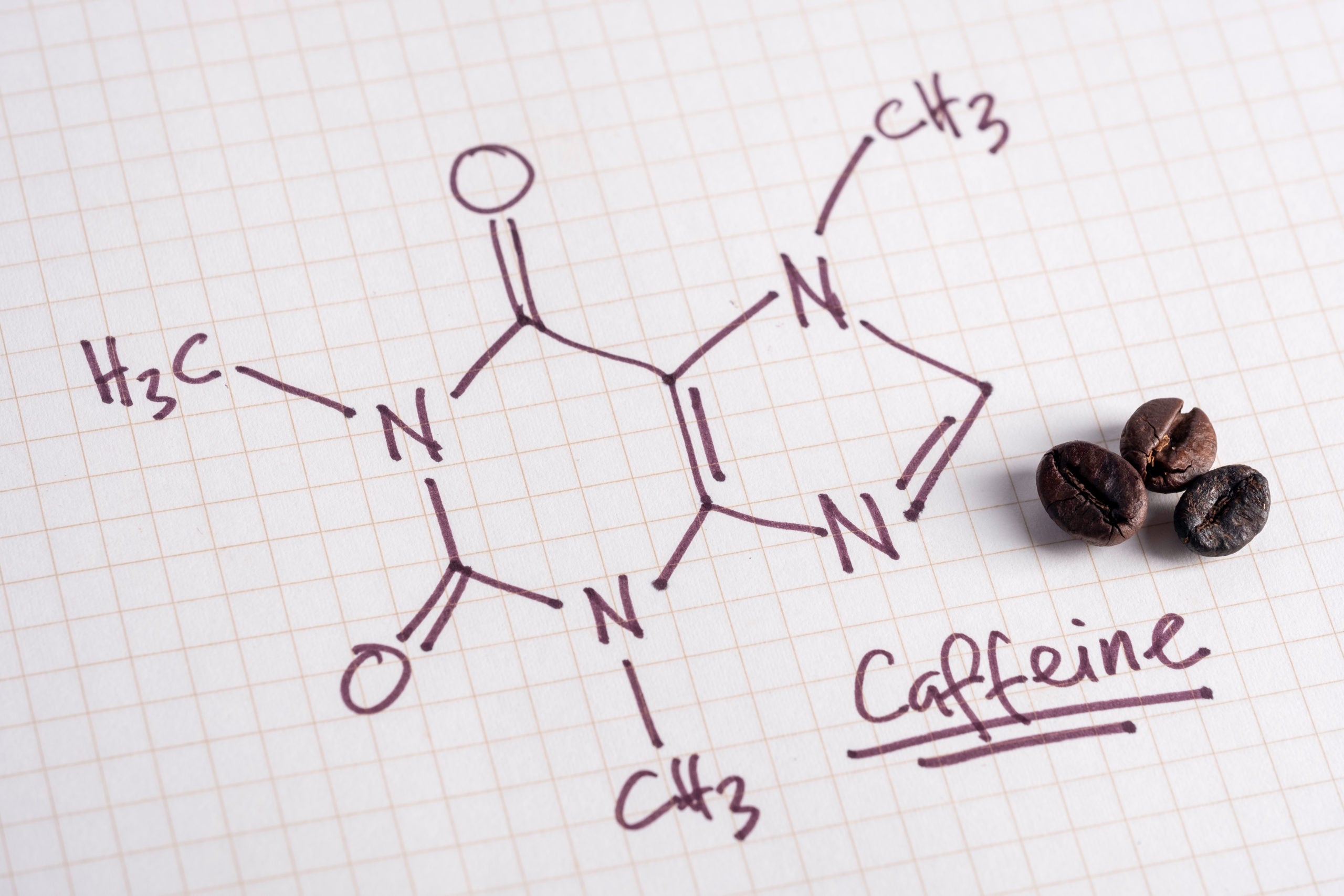For most people, the best hydrating drink is plain water, but sports and energy drinks are mostly marketed to appeal to people who exercise or need an energy boost to get through the day.
After water, sugar is the main ingredient in energy drinks. A nutritional comparison shows that a 12-ounce cola drink contains about 39 grams of sugar, compared to 41 grams of sugar in an energy drink. Studies have shown that drinking high-sugar beverages can lead to weight gain and an increased risk of type 2 diabetes, cardiovascular disease, and gout.
Due to their sugar and stimulant content, there are concerns that these drinks may be unhelpful or even worse, harmful to teenagers and people with certain medical conditions.
Energy Drinks and Health
A typical energy drink may contain the following ingredients: carbonated water, about 40 grams of sugar (from sucrose and/or glucose), 160 mg or more of caffeine, an artificial sweetener, and herbs/substances associated with alertness and mental performance but whose effectiveness has not been confirmed by scientific research (taurine, Panax ginseng root extract, L-carnitine, L-tartrate, guarana seed extract, B vitamins).
Specific concerns about energy drinks:
- Increased negative health outcomes in adolescents. Children and adolescents may experience increased effects from consuming huge amounts of caffeine, added sugars, including high-fructose corn syrup, low-calorie sweeteners, and herbal stimulants, in part because of their smaller body weight. [3]
- Marketing tactics aimed at youth. Estimates suggest a 240% raise in energy drink sales in the U.S. and worldwide. It’s a $21 billion industry with marketing campaigns aimed at youth and sold in places that this age group can easily access. [1,4] Adolescent people are exposed to energy drink advertisements on children’s websites, in computer games, on television, in supermarkets and at sporting events. [5] Studies have shown that teenagers lack maturity in key areas of the brain and are more likely to engage in risky behavior, making them susceptible to the risky behaviors sometimes depicted in energy drink marketing. Teens are drawn to energy drinks because of effective marketing, peer influence, and a lack of knowledge about their potentially harmful effects. [4]
- Negative health effects. Growing evidence links energy drink consumption to negative health consequences in adolescents, including risky behaviors, penniless mental health, adverse cardiovascular outcomes, and metabolic, renal, and dental problems. [1]
- Too much caffeine. Too much caffeine in any drink, especially when several are taken in one day by sensitive individuals, can lead to anxiety, insomnia, heart problems such as irregular heartbeat and high blood pressure, and in uncommon cases, seizures or cardiac arrest. Some energy drinks can contain as much as 500 mg per can (the amount in 14 cans of cola). [4.6]
- High sugar content. Because of the excessive sugar content in some energy drinks, they carry the same health risks as other sugar-sweetened beverages. See Sweetened Beverages.
- Dangers of alcohol. The dangers are greater when energy drinks are combined with alcohol, a trend seen primarily among underage drinkers and associated with binge drinking. Studies suggest that drinking these types of cocktails leads to greater alcohol consumption than drinking alcohol alone. This may be because energy drinks raise alertness, which masks the symptoms of intoxication, leading people to believe they can drink even more. [1] Case reports have shown that high consumption of energy drinks – especially in combination with alcohol – is associated with adverse cardiovascular, psychological and neurological events, including death. [2]
- No regulation. The Food and Drug Administration (FDA) does not regulate energy drinks, but it does enforce a caffeine limit of 71 mg per 12 ounces of soda; energy drinks typically contain about 120 mg per 12 ounces. However, energy drink manufacturers can choose to classify their product as a supplement to get around the caffeine limit. For companies that classify their energy drinks as beverages, the American Beverage Association has published voluntary guidelines that recommend right caffeine listings, limiting marketing to children, and reporting adverse events to the FDA. However, compliance with these guidelines has been found to be low. [1]
- Sports performance. Caffeine is a major component of energy drinks, which have been shown to improve physical performance in adults by increasing endurance and strength, improving reaction time, and delaying fatigue, although these effects vary widely among individuals. (6) These effects have not been studied in children and adolescents. There is a risk of caffeine abuse or toxicity in adolescents, which is why the American Academy of Pediatrics recommends a limit of less than 100 mg of caffeine per day for those aged 12 to 18 years. [1]
- The International Society of Sports Nutrition (ISSN) issued a statement on energy drinks after reviewing their safety and effectiveness. (8) They found that consuming energy drinks 10 to 60 minutes before exercise can improve concentration, alertness, anaerobic capacity, and endurance in adults, primarily through the effects of caffeine. However, other ingredients in these drinks require further research to demonstrate their safety and impact on performance. The ISSN warned that higher-calorie energy drinks can lead to weight gain, and their high glycemic load can negatively affect blood glucose and insulin levels. They advised against consuming energy drinks by children and adolescents unless under strict parental supervision, and by people with diabetes or cardiovascular disease, who may be adversely affected by stimulant ingredients.
- The American Academy of Pediatrics Committee on Nutrition and the Council on Sports Medicine and Fitness encourage pediatric health care providers to discourage the apply of stimulant ingredients in energy drinks and to discuss the potential health risks of these ingredients with adolescents and parents. They also recommend that adolescents limit or avoid all sugar-sweetened beverages because of the risk of excess calorie intake and weight gain, as well as dental erosion. [7]
Summary
Related
Sweetened drinks
Sports drinks

Caffeine occurs naturally in the fruits, leaves, and beans of coffee, cocoa, and guarana. It is also added to beverages and supplements. Learn about the sources of caffeine and get a review of the research on this stimulant and health.
read more
Last update: July 2020
Terms of Apply
The content on this website is for educational purposes only and is not intended to provide personal medical advice. If you have any questions regarding a medical condition, please seek the advice of your physician or other qualified health care provider. Never disregard professional medical advice or delay in seeking it because of something you have read on this website. The Nutrition Source does not recommend or endorse any products.
